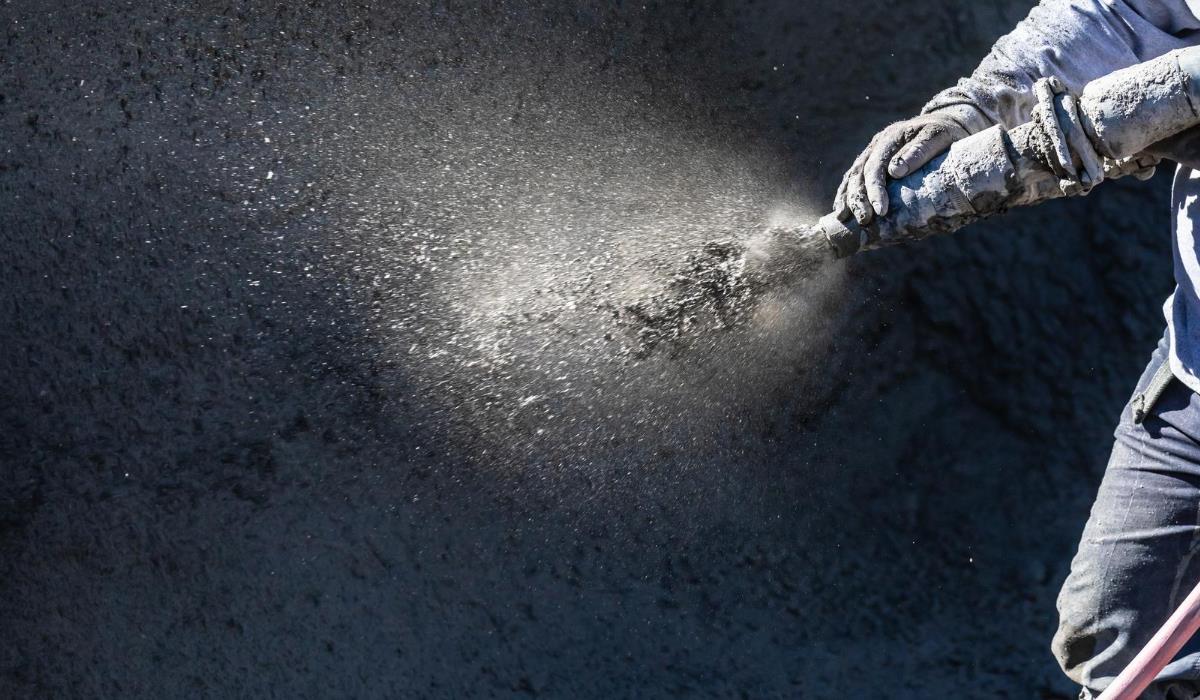In today’s construction industry, machine plasters are the most effective way to finish walls and ceilings, especially on large surfaces. It works well wherever traditional manual plastering is time-consuming. Due to the growing interest in this type of finish, it is worth getting acquainted with the various types of machine-applied plasters, their properties and the costs of implementation. Machine-applied plasters can be divided into three main types: cement-lime, lime and gypsum. Each of them has its own unique properties that can be beneficial in different situations.
Cement-lime plaster, the most commonly used type of plaster, is particularly resistant to moisture, so it can be used both inside and outside buildings and in rooms with high humidity, such as bathrooms and kitchens. Lime plaster is highly vapor permeable and mold resistant, but at the same time less resistant to mechanical damage. Gypsum plaster is ideal for finishing walls and ceilings inside buildings, but is not suitable for wet rooms.
Surface preparation and plastering
Before plastering, remove dust and degrease the surface and apply a primer suitable for the given surface and type of plaster. The very process of applying machine plaster consists in evenly distributing the plaster mass with the use of a specialized plastering machine. Then, the plaster should be leveled with a strip, trowel or spatula. In the case of decorative plasters, various surface finishing techniques can be used, such as smoothing, embedding patterns or creating textures.
After applying the plaster, it should be properly hardened and dried. As the plaster dries, it may be necessary to make any corrections and sand the surface. The final finishing of the wall, such as painting, wallpapering or laying ceramic tiles, can be done after the plaster is completely dry.
Additional tips

In the case of cement-lime and lime plasters, application is carried out in two or three layers in order to obtain a smooth surface. Gypsum plaster is applied in one layer. For best results, a few guidelines regarding working time and conditions should be followed, such as waiting at least 3-4 months from the end of the shell. It is also worth performing all installations before starting plastering and maintaining the air temperature above 5°C.
Summary
Machine-applied plasters are an effective and popular solution in the construction industry, especially on large areas. The choice of the right type of plaster depends on the needs and properties of the room, and proper preparation of the substrate and compliance with the rules for applying machine plaster guarantee durability and aesthetics of the finish.



